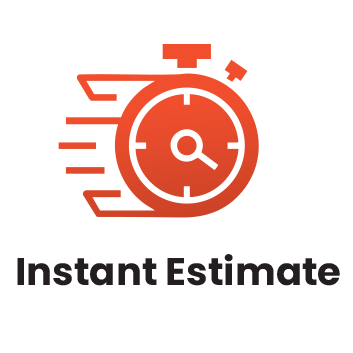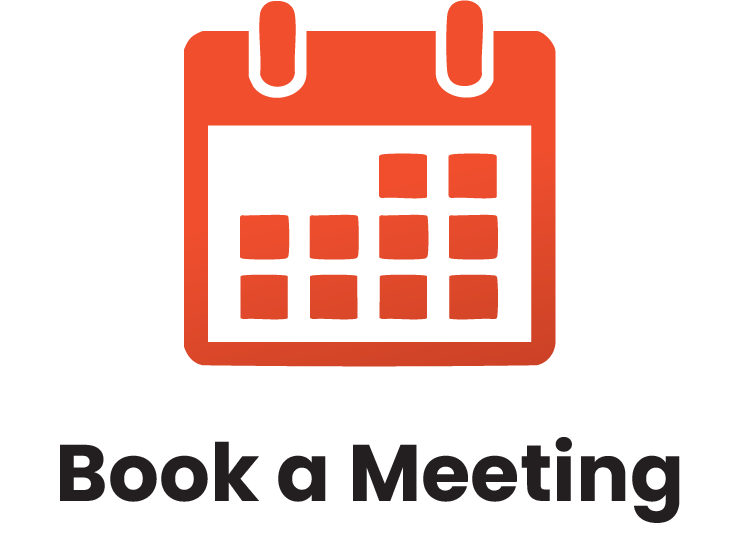Interactive training sessions led by experienced facilitators.
What is In-Person, Instructor-Led Training?
Our in-person training is delivered by a live facilitator who works directly with your team at your location. It’s our most popular format because it allows for real-time interaction, hands-on learning, and direct support.
Every session is tailored to your team’s specific goals, industry, and challenges—no generic, one-size-fits-all programs. Whether it’s a single session or a full training series, we design the experience to be relevant, practical, and fully aligned with your needs.
What is Live Webinar Training?
Live webinars are facilitator-led training sessions delivered online in real time. They’re ideal for teams working in different locations or with busy schedules.
This format offers shorter, more frequent sessions that are easy to coordinate—making it a convenient option for organizations with remote or distributed teams.
What is Virtual Classroom Training?
Virtual Classroom training is live, instructor-led training delivered online. It offers the same interactive experience as in-person sessions, with real-time discussions, group activities, and instructor feedback.
It’s a flexible option for organizations that want to reduce travel, save costs, or better fit training into busy schedules.
What is a Lunch & Learn Session?
Lunch & Learn sessions are short, facilitator-led training sessions delivered in person or online—typically during the lunch hour. They focus on specific topics or skills and offer a quick, engaging way to learn without a full-day commitment.
These sessions can be offered as one-time events or as part of a series, making them a great option for ongoing, bite-sized learning.
Online Learning
Enjoy our self-paced option and learn from anywhere!
$279.00 USD
E-Commerce Management
As the global Internet population continues to grow, electronic commerce is rapidly growing. By the end of 2022 the retail e-commerce market alone is projected to surpass $735 billion US dollars. This huge market encompasses traditional e-commerce, as well as m-commerce (which is growing faster than any other sector) and location-based e-commerce. This course will teach entrepreneurs how to develop, market, and manage an e-commerce business, giving them a crucial advantage in today’s competitive market.
This program will teach entrepreneurs how to develop, market, and manage an e-commerce business, giving them a crucial advantage in today’s competitive market.
LEARNING OBJECTIVES
Learning Objectives
- Describe what the terms e-commerce and m-commerce mean
- Develop an e-commerce business plan
- Evaluate e-commerce software options
- Build an online store with product pages, supporting features, a shopping cart, and an effective checkout process
- Test, launch, and update your e-commerce site
- Design engaging, responsive web content
- Understand e-commerce payment options and choose appropriate options for your site
- Use appropriate tools to track key e-commerce metrics
- Identify and optimize supporting e-commerce activities, such as customer service, sales, and inventory management
- Create a marketing plan with all the essential elements
- Market your online store using social media and other appropriate channels
- Use discounts and promotions to market your e-commerce business
- Understand what security and privacy issues face e-commerce businesses and handle customers’ information accordingly
- Protect your intellectual property
- Identify the rules and regulations that will govern your e-commerce businesses


COURSE OUTLINE
Getting to Know E-Commerce
E-commerce is the future of business and it’s growing exponentially. This session explores the term “e-commerce” and how it has evolved over the last few decades. Also discussed here are the six models of e-commerce and terms used throughout the course.
E-Commerce Building Blocks
The basic elements of an e-commerce business are the topics here. This session digs into setting goals, creating a business plan, and then choosing a revenue model. The session also takes a look at successful e-commerce businesses.
Software Options and Solutions
Learners will get a look at content management systems, e-commerce server packages, and web hosting services in this session. A test drive of an online service and a basic e-commerce site are also features of this session.
Building Your Online Store
A step-by-step look at building an online store is the core of this session. It looks at domain names, site structures, and top-level pages. The session also covers navigation tools, product pages, shopping carts, the checkout process, plus pages like an FAQ section along with testimonials. To conclude the session, students will review the pre-assignment and create a top-10 list.
The Finishing Touches
After your site is set up it’s a good idea to test it before launch. This session looks at ways to guarantee a positive launch plus post-launch procedures. As a wrap-up, students get to usability test an actual e-commerce site.
Creating an Engaging User Experience
Here, students get a look at how quality content and responsive site design will help engage users, drive site traffic, and build your business. Also discussed is how to build customer relationships and leverage social selling.
Transaction Management
It’s no good having customers but having no way for them to make their purchases. Transaction management is the focus of this session which looks at online payment options, mobile payment systems, digital cash, and cash/check on delivery. This session looks at the details of each payment method and the locations where each type is common.
M-Commerce
M-Commerce is commercial transactions conducted using tablets or smartphones and it is growing about 50 percent per year. This session looks at the top m-commerce retailers. We will look at trends in the mobile arena, including wearable devices like smartwatches.
E-Commerce Analytics
Successful e-commerce sites analyze metrics to study every aspect of their business to help assess and improve it. This session discusses key metrics all e-businesses should track and looks at tools to track these metrics and evaluate trends.
Supporting Your E-Commerce Business
There’s more to running an e-commerce business than just having a website. This session gives students a glimpse of four key supporting areas of an e-commerce business, including: product management, sales and marketing, customer service, and post-fulfillment.
Marketing Your E-Commerce Business
It’s pointless to have great content without the marketing to spread the word about your business. This session gives students a look at the marketing cycle and the elements of a marketing plan. Also covered is a look at different marketing channels with a focus on social media marketing. Students also will benefit from some tips for creating promotions to generate customer interest and income.
Security and Fraud Awareness
Owning a business comes with the responsibility to protect data and information that customers share with you. In this session, students are shown how to keep customer data safe along with a look at credit card security and intellectual property rights.
Rules and Regulations
Regulations and rules govern businesses around the world. This session takes a look at major areas that are usually regulated by jurisdictions are the world.


















